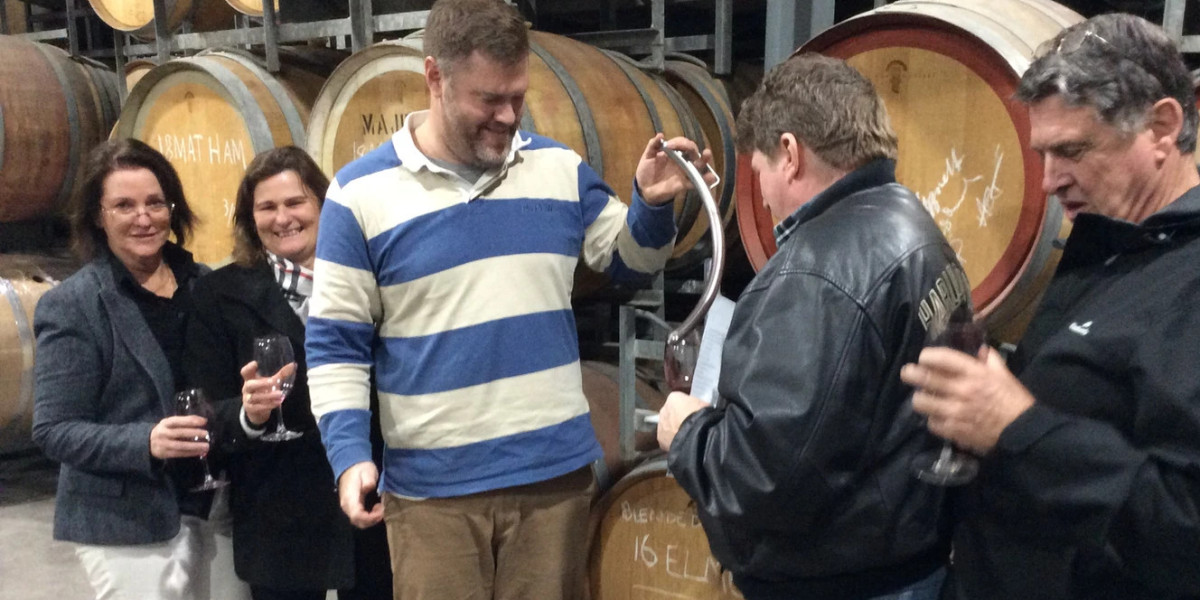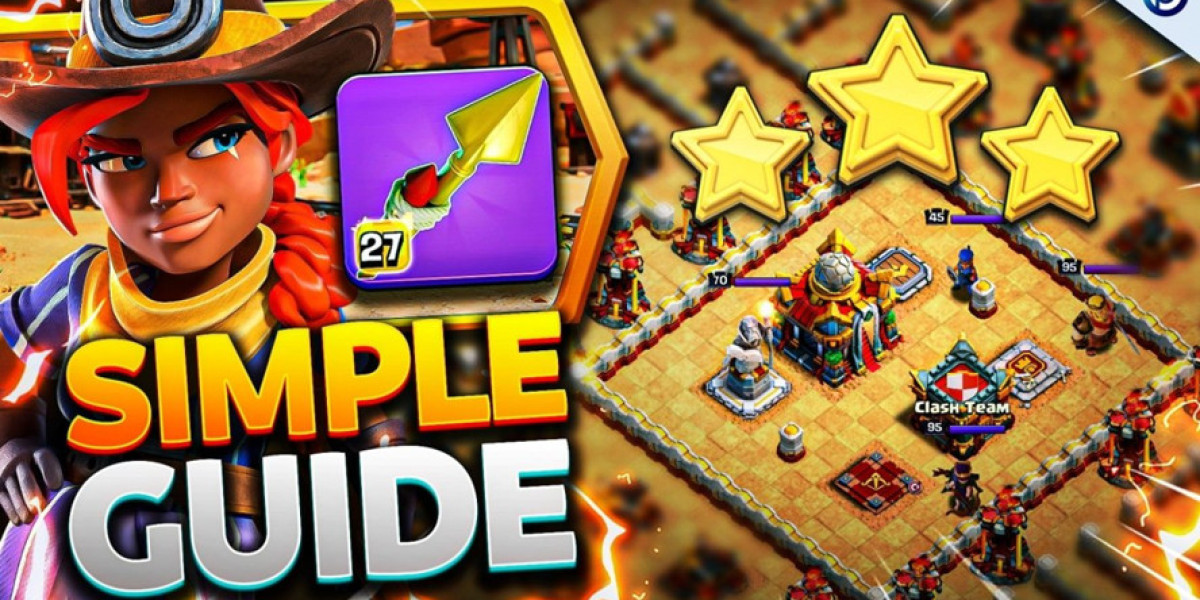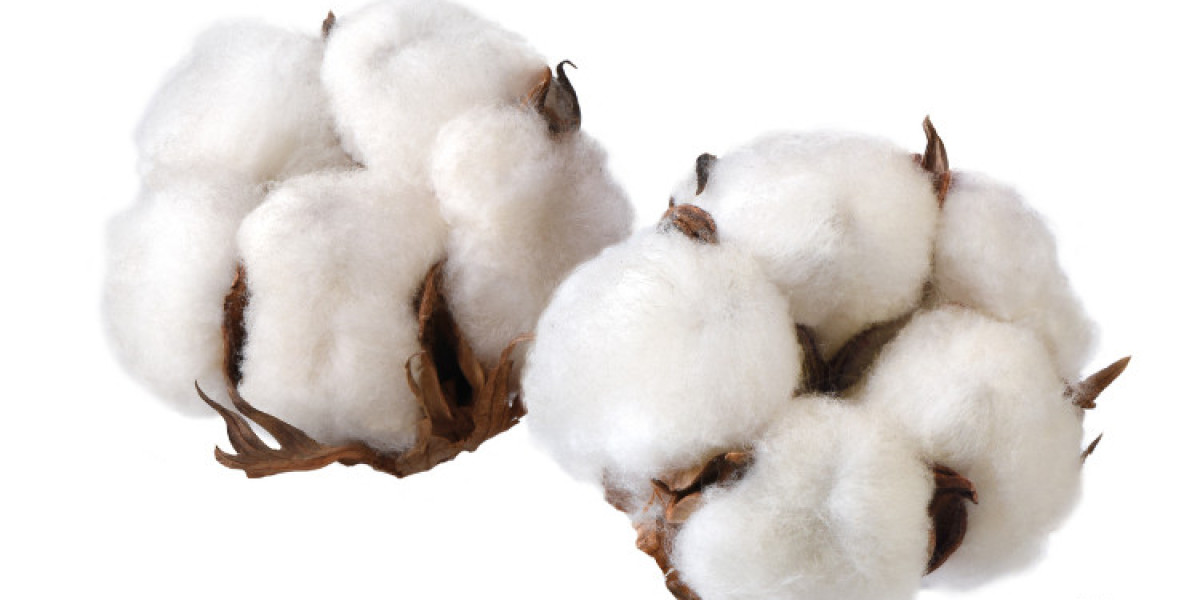Planning a wine tasting tour can be a rewarding and enriching experience, whether youre a wine connoisseur or a casual sipper. Visiting picturesque vineyards, learning about winemaking, and, of course, savoring exquisite wines are just a few of the perks. However, to make the most of your trip, a bit of preparation goes a long way. In this guide, well cover everything you need to know to plan the perfect wine tasting tour, from selecting the right region to essential tasting tips.
1. Choose Your Wine Region
The first step in planning a wine tasting tour is selecting the right wine region. The world is full of stunning wine-producing areas, each offering a unique experience. Here are some popular wine regions you might consider:
- Napa Valley, California, USA: Known for its premium Cabernet Sauvignon, Napa is one of the worlds most famous wine regions.
- Bordeaux, France: This iconic region is home to some of the finest wines, with vineyards producing top-tier red blends.
- Tuscany, Italy: Famous for its Chianti and scenic landscapes, Tuscany is a favorite among wine and culture lovers alike.
- Barossa Valley, Australia: Known for bold Shiraz wines, Barossa valley wine tours offers a relaxed yet vibrant tasting experience.
- Mendoza, Argentina: If Malbec is your passion, Mendozas sun-drenched vineyards are a must-visit.
Consider the style of wine you enjoy and what you want to get out of the experience. Are you looking for famous, historical regions, or would you prefer smaller, boutique wineries off the beaten path?
2. Best Time to Visit
Timing is crucial when planning a wine tasting tour. The best times to visit most wine regions are during harvest seasons or the shoulder months. Here's a breakdown of ideal times:
- Spring (March-May): Vineyards are starting to come alive, with fewer crowds and blossoming vines.
- Autumn (September-November): This is harvest season in many regions, where the excitement is palpable as grapes are picked and winemaking is in full swing. You can often participate in harvest-related activities.
- Winter (December-February): While the landscape may be more serene, winter is the perfect time for those who prefer a quieter, more intimate experience.
- Summer (June-August): Be cautious, as summer can bring large crowds, especially to popular regions like Napa or Bordeaux. However, the lush vineyards and vibrant atmosphere make up for it.
Always check the local events calendar to see if any festivals or special wine events are happening during your intended visit.
3. Plan Your Transportation
Wine tasting often involves sipping and savoring, so its essential to arrange safe and convenient transportation. Here are a few options:
- Hire a Driver or Chauffeur: For a more relaxed experience, consider hiring a driver familiar with the region. They can take you from one vineyard to another without you having to worry about navigating unfamiliar roads.
- Join a Guided Tour: Many wine regions offer guided wine tours. These are ideal for first-timers, as you can rely on local experts to take you to the best wineries.
- Rent a Car: If you prefer more flexibility, renting a car gives you the freedom to explore at your own pace. Just be mindful of how much you drink.
- Bike Tours: In some regions, biking between vineyards is a popular option. This is common in places like Sonoma, California, or Provence, France, where the wineries are close together, and the scenic countryside adds to the charm.
4. How to Choose Wineries to Visit
Most wine regions have a mix of large, well-known wineries and smaller, family-run vineyards. Its a good idea to visit a mix of both for a well-rounded experience. Here are some tips for selecting wineries:
- Research Wine Varieties: If youre passionate about a particular type of wine (e.g., Pinot Noir, Chardonnay), look for wineries known for producing those varieties.
- Check Reviews: Websites like TripAdvisor, Google, and wine forums can provide insight into which wineries offer the best tasting experiences.
- Call Ahead: Some wineries require reservations, especially the more exclusive or boutique ones. Calling ahead ensures you have a spot.
- Focus on Smaller, Boutique Wineries: These often provide more personalized and intimate tastings, and you can chat directly with the winemakers.
- Special Experiences: Some wineries offer more than just tastings, such as vineyard tours, wine blending workshops, or food pairings. If you're looking for a unique experience, seek out these opportunities.
5. Wine Tasting Etiquette
Once youve made it to the winery, its important to know the basics of wine tasting etiquette to fully appreciate the experience.
- Dont Overindulge: While its easy to get carried away, pacing yourself will allow you to enjoy the full range of wines without impairing your palate.
- Use the Spittoon: Its perfectly acceptable to spit out wine after tasting. This allows you to taste more wines without getting intoxicated.
- Ask Questions: Dont be afraid to engage with the staff or winemakers. Ask about the winemaking process, the grape varieties, and the winerys history.
- Dont Wear Strong Scents: Perfume or cologne can interfere with your ability to fully smell and taste the wine. Keep scents to a minimum.
- Respect the Pour: Tastings usually involve small pours, so you can try multiple wines. Dont ask for extra unless offered.
6. What to Bring on Your Wine Tasting Tour
To ensure youre fully prepared for your wine tour, pack these essentials:
- Water: Stay hydrated between tastings to cleanse your palate and avoid dehydration.
- Comfortable Shoes: Youll likely be walking through vineyards, so sturdy footwear is a must.
- A Notepad: Jot down tasting notes to remember your favorite wines or thoughts about the wineries.
- Sunscreen Hat: Especially if youre visiting a sunny region, outdoor tastings can expose you to the elements.
- A Wine Carrier: If you plan on buying bottles of wine, a carrier will help keep them safe during transit
7. Bringing It All Together
By the end of your wine tasting tour, youll have experienced a variety of wines, visited stunning vineyards, and perhaps even gained a deeper appreciation for the artistry behind winemaking. With careful planning, you can ensure a seamless, enjoyable trip, one that youll remember long after the last glass has been sipped.
Whether youre a novice or a seasoned wine enthusiast, these tips will help you make the most of your wine tasting tourso go ahead, start planning your perfect wine adventure today!








